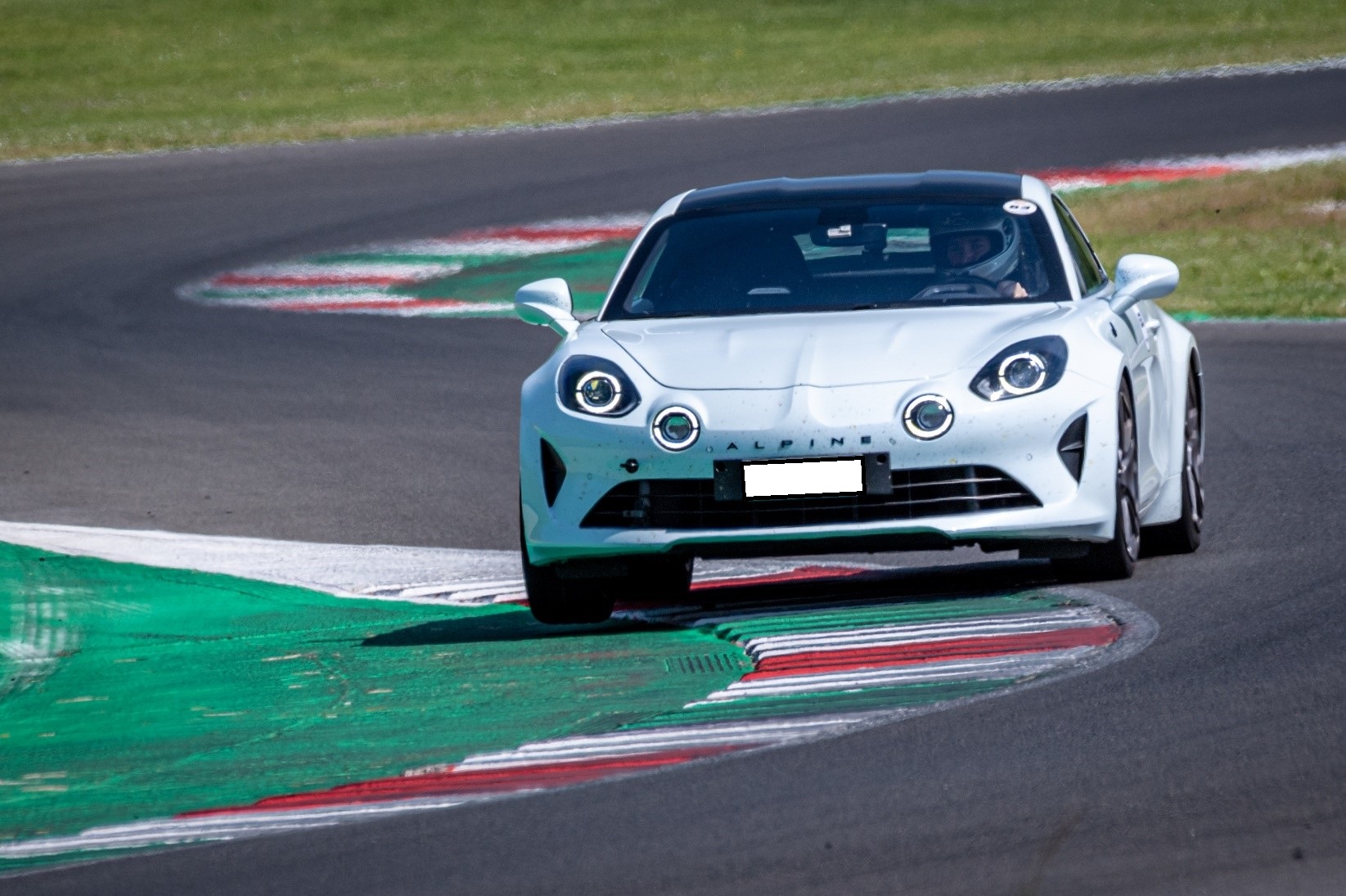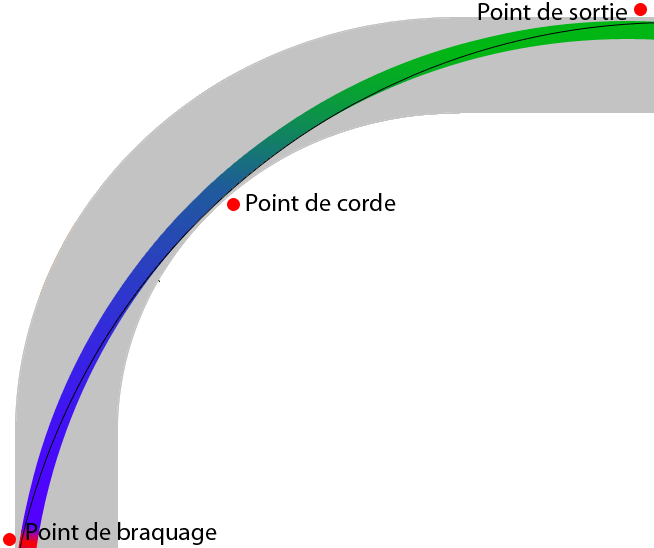Specific Vocabulary

Like all other sports (football, ice hockey, tennis, rugby, golf, etc…), motor sport has its specific terms, technical expressions and vocabulary. We would like to introduce you to the most common terms (other websites as well as the books of Martin Stucky – see the Instructors section – will give you much more detailed information. In order to understand and assimilate certain terms, you need to experience them live).
Track
Track means the total width between the left and right white lines of the track (especially valid when driving through curves and/or curves combinations).
Pits, stands, boxes, paddocks or garages
These are synonyms.
Pitlane
The pitlane is the area between the pits and the track. In this area the speed limit (60km/h) must be meticulously respected. Pedestrians as well as co-drivers (when getting in and out of the car or leaving it) must be extremely alert and careful. The rule is : keep your ears stiff and your eyes open. The same applies to the area behind the boxes where there can also be a lot of activity.

Curbs
Mostly two-coloured edging on the inside and outside of racetracks. For certain instructors the curbs are no longer part of the track layout. A curb can be touched or driven on with non-load-bearing inside wheels, e.g. at the turn apex, and if only slight increased. Extremely low grip must be expected on curbs when accelerating out of the exit points, particularly in wet conditions. Caution : even on dry conditions, driving over a curb with loaded outer wheels can lead to dangerous instability of the car.

Ideal line / racing line
A driver is constantly in search of the line. Ideally it allows him to drive around curves/curve combinations as smoothly and as quickly as possible with a least steering wheel angle. Mastering the line requires a lot of time and, above all, many laps.
Braking point
Begins quite a lot before the turn-in point (TIP, often at level of 150 meters sign). The lighter the car, the later the braking point. The most efficient way to brake a car is to brake without cornering forces. Correct and efficient braking is a very complex art. “Degressive braking”, “load change” as well as “lateral forces vs. lateral cornering forces” : all influence an efficient braking.
Decreasing braking
Is performed by a continuously decreasing brake pedal pressure. In motorsport, the engine brake is rarely used for deceleration. Degressive braking can be divided into 3 phases: 1. apply a strong pressure on the brake to reduce as much speed as possible, 2. brake degressively (reduce pressure on the brake pedal) to avoid locking the wheels from the turn-in point (TIP) -> apex, 3. shift down to the ‘right’ gear. Also in this case : practice makes perfect.
Load transfer
Load transfer occurs whenever the vehicle changes speed (accelaration/braking) and/or trajectory (cornering). It represents the change in the forces exerted on the tires and the road surface.
Mass transfer
It refers to the change in the weight distribution of the car as its centre of gravity shifts. In a bend, the weight (lateral mass transfer) moves on the left or right front tire and even lifts the opposite rear tire off the ground.
Turn-in point (TIP), APEX and Exit Point (EP)
The principle of these three points is always the same. On the other hand, these 3 points are located in each curve/curve combination at a different location specific to the curve/curve combination.

Understeer
If the lateral steering force at the front axle is less than at the rear axle (car ‘slips’ away from the front), the car will move on an arc further than the steering wheel angle. The main reason for an understeer is excessive speed entering a turn (in extreme cases, this leads to a “straight-ahead-slip”) or excessive acceleration exiting a turn.
Oversteer
It is a loss of grip of the rear axle (the car slides from the rear); uncontrolled, its logical consequence is a “spin”, or even an off-track excursion, with potentially unfortunate consequences for the car and for the infrastructure of the circuit.

![]()










